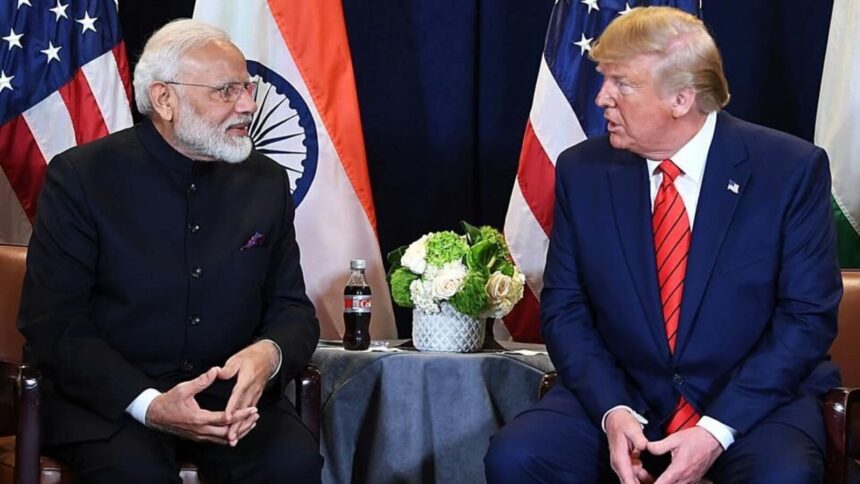On Saturday, US President Donald Trump enacted a 25% tariff on imports from Mexico and Canada, imposing a lower rate of 10% on Canadian oil, natural gas, and electricity. China is subject to a 10% tariff, while India was not mentioned in this announcement.
Interestingly, just days earlier, President Trump had warned that the United States would consider tariffs against countries that ‘harm’ the US. He expressed that meaningful progress in trade could only be realized if the US adopted a strong stance against nations engaging in practices that are harmful to the American economy.
Following this, Donald Trump intensified his rhetoric through a social media posting, cautioning that any BRICS nations seeking to substitute the US dollar in international trade would encounter tariffs as high as 100% on their imports to the United States. He emphasized that the US would not accept activities that undermine its economic interests, reiterating his commitment to an “America First” agenda.
Nevertheless, it appears that the US president has executed a diluted response or has excluded the countries he previously accused of imposing ‘higher tariffs’.
Instead, the countries that were specifically targeted, which are key contributors to the US trade deficit, were highlighted for potential tariffs. China contributes the most with 30.2%, followed by Mexico at 19% and Canada at 14%, according to the Research and Information System (RIS).
In comparison, India’s contribution to America’s overall trade deficit is only 3.2%. Nevertheless, India ranks as the ninth-highest contributor to this deficit.
Why did Donald Trump Enact Tariffs on Canada, China, and Mexico?
According to Donald Trump, these tariffs are aimed at curbing the illegal smuggling of fentanyl and preventing unlawful immigration along the U.S. borders with Canada and Mexico.
“We have substantial deficits with all three nations. One of them is responsible for sending massive quantities of fentanyl, which is claiming the lives of hundreds of thousands every year. The other two are facilitating the influx of this poison. We’re facing around a $200 billion deficit with Canada… and a $250 billion trade deficit with Mexico,” Donald Trump justified his actions during a press briefing.
He had previously declared on social media that “trade wars are good, and easy to win” — a statement he is now putting to the test against Canada and Mexico after imposing tariffs that immediately resulted in retaliatory actions from these nations.
Did Trump Issue Threats to India? Are India-US Trade Relations Worsening?
Indian Express reported that NITI Aayog CEO BVR Subrahmanyam had speculated in December that the trade policies under President-elect Donald Trump could lead to an economic surge for India, potentially driven by a significant diversion in global trade.
Furthermore, Indian Express cited the Trade and Research Initiative (GTRI), indicating that the US-China trade conflict which began in 2018 under President Trump, featuring tariffs targeting crucial sectors, significantly altered global trade dynamics but did not fulfill its primary objectives.
Despite Donald Trump’s critiques of India’s tariff strategies and his threats of substantial tariffs toward the BRICS nations (which include India), the repercussions for India-US trade relations remain somewhat ambiguous. Notably, India has not been explicitly named in any official tariff disputes launched by the Trump administration.










